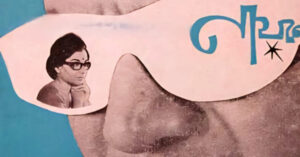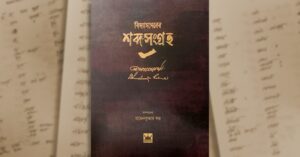Higginbothams, Chennai: The Internet of Our Times
The red brick facade of Chennai Central railway station and the pristine white of Higginbothams are what out-of-town Chennai folk can still call ‘Namma Chennai’. The simple yet imposing structure of the bookstore brings a rush of nostalgia and a sense of calm to every bibliophile. Its sloping ceiling reassures us that even if nothing else remains, the bookstore might still stand. Most who have lived in the city have at least one anecdote about the bookstore. For example, one of Chennai’s most illustrious sons, chess Grandmaster Viswanathan Anand, reckons that his sister might have bought him his first chess book from Higginbothams!
The oldest bookstore in India, and possibly in Asia, Higginbothams was established in 1844. The birth of the store and the story of the eponymous stowaway are part of Chennai folklore.
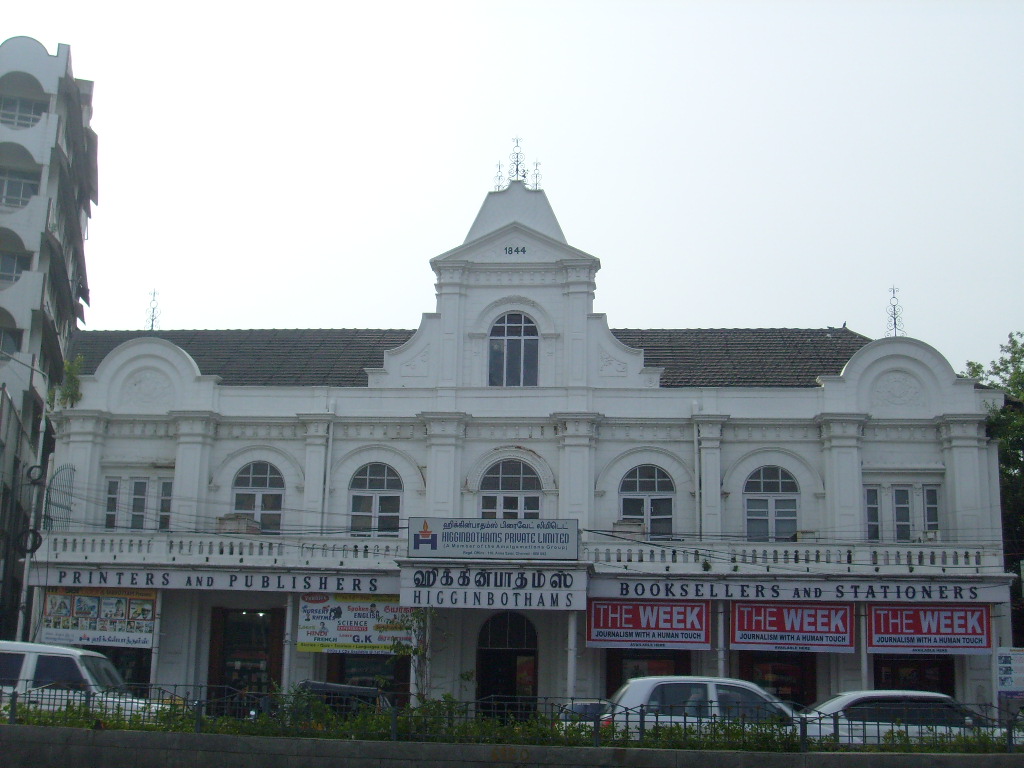
Abel Joshua Higginbotham set up his bookstore in 1844, in British India. All of twenty-five, Higginbotham could have scarcely imagined that his creation, with the branches that followed, along with the allied businesses of printing and publishing, would spread so widely. A born bookseller, Higginbotham possessed that useful ability to recommend just the right book — from a collection that was sourced from all corners of the world — to his customers. A stowaway from Britain, he landed in Madras first as an itinerant Bible peddler, and then a librarian. It was here that he discovered his love for books beyond the Holy Book. He recognised that he had the skill to talk about books and the resourcefulness to track down rare, sought-after works.
In 1891, his younger son took over the store. By then, Higginbothams was already the city’s go-to place for books, stationery and related supplies. The business shifted to the present premises in 1904. This building was specially designed with a high, sloping ceiling and fewer windows, to protect the books from dust and decay. Another store was opened in Bangalore – this was the first bookstore in that city, and immediately captured a loyal clientele. As the years went by, Higginbothams bookstalls were set up in stations serving the Madras and South Indian Railways, making it the omnipresent choice for all booklovers. The printing operations also expanded considerably. Today’s food writers and food vloggers in India can trace their roots to this ‘Madras’ address, as many of the first curry cookbooks in India were published by Higginbotham and Co.
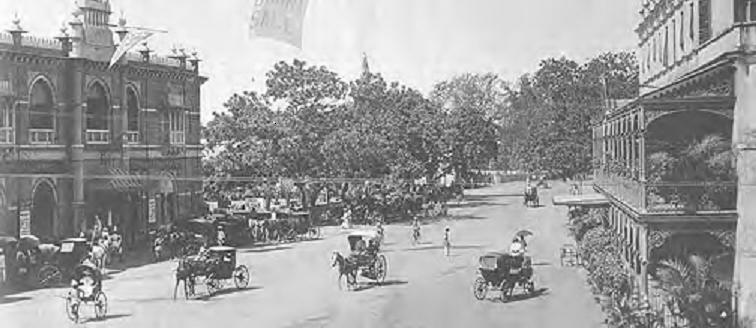
In 1924-25, Spencer’s, a well-known department store bought Higginbothams and Associated Printers to form Associated Publishers (Madras). Following a merger in 1949, Associated Publishers became part of the Amalgamations group, the Chennai-based business conglomerate. In that sense, Higginbothams threw off the British yoke decades before the rest of the country. “The year ushered in the transition of the Company from a foreign-owned one to an Indian company,” says Nasir Ahmed Shariff, chief operating officer, Higginbothams.
In 1944, Higginbothams quite literally wheeled into a new phase, rolling into fifty railway stations, where moving book carts serviced passengers on overnight trains. The sight of a Higginbothams stall provides as much southern comfort to those from Chennai as the Flury’s kiosk signals a slice of Kolkata. Some of these booksellers on various railway station platforms became synonymous with ‘train reading’ for passengers.
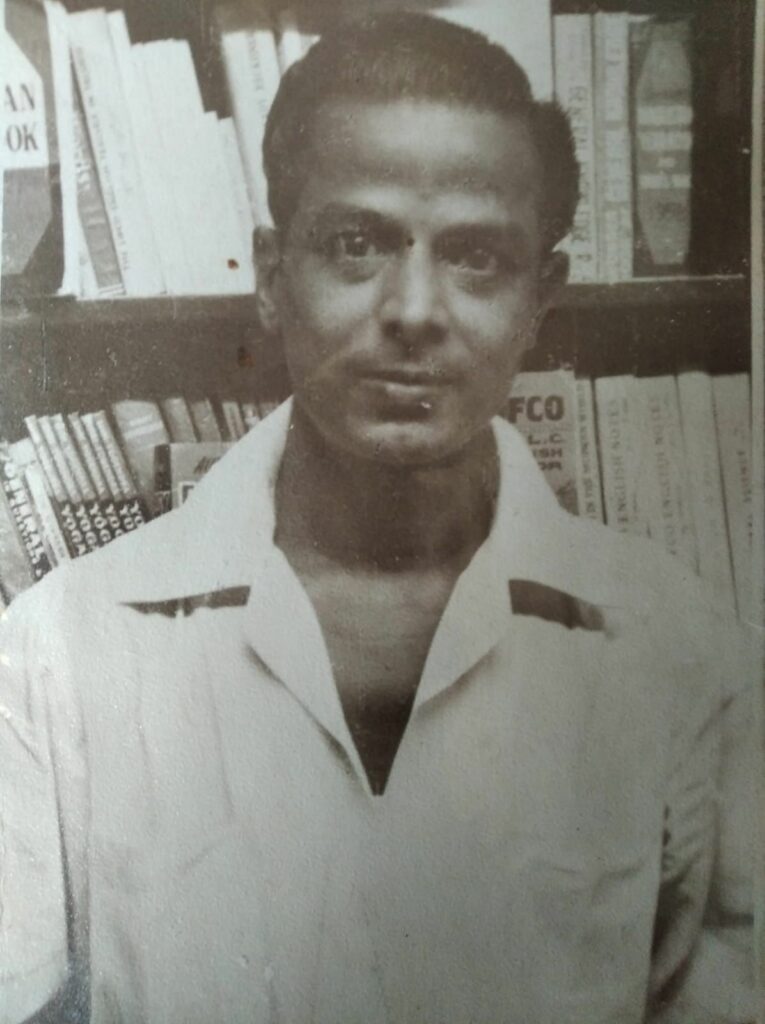
(Photograph courtesy Asha Shiva Kumar)
“Appa started work at the Egmore station store at 10 AM. Twenty shutters could be pulled out in which books were kept for display. He worked till the last passenger train left the station at 10 PM. On our holidays, my brother and I would leaf through illustrated classics of Les Miserables and The Count of Monte Cristo. I can still narrate them by heart!” recalls Asha Shiva Kumar, the daughter of T.N. Agashi, a dedicated Higginbothams stall manager at Egmore railway station, Chennai.
“When I was young, around the late 1980s, I suspect Higginbothams was in a bit of a slump — and it had lots of competition in its part of town. What it had that no other bookshop did, though, was legacy,” remembers author Raghu Karnad, “My mother had her own memories of being very young in Madras, in the 1940s and 50s, and she recalled Higginbothams as a magical place around Christmas, when she would be taken to choose presents from among what seemed to be towering stacks of children’s books. They were mostly from British publishers, then, and the highlights were children’s ‘Annuals’: big, hardbound illustrated collections of stories, games, and cartoons, with names like Girl’s Own Paper. The thrill she felt as a little girl somehow reached us, through those old volumes, but also through the old-world facade and ambiance — and the name itself, straight out of a storybook — of this one distinctive bookshop on MG Road.”
Most booklovers will have similar memories, since the store has been a part of life for every school and college student. After all, generations have sought out Higginbothams to come to the rescue: for a particular, hard-to-find reference or text book. We believed that if you couldn’t find it at Higginbothams, you will not find it anywhere else. In many ways. Higginbothams was to us what the Internet is to today’s millennials — the largest known collection of knowledge.
Book reading has changed. Attention spans are now shorter and book readers, fewer in number. In such a dynamic and constantly evolving reading culture, how does the mammoth still survive? Walking into any bookstore in India, the balance of books and merchandise is precarious, often tilting away from books.
“Unlike many other bookstores that have reduced the space for books and started selling merchandise, we only sell merchandise that is related to books only. Our focus will remain on books, especially academic books,” says Gautam Venkatramani, director of the Higginbothams chain. A smart plan, if one may say so. While reading only appeals to a niche interest, textbooks will always sell.
Higginbothams continues to be a draw, luring customers with the passion for books that bewitched its founder two centuries ago. Its latest addition — the Writer’s Cafe, combines the kick of caffeine with the magic of books, indicating that some winds of change have indeed blown into the age-old premises.
Source:
The Hindu



